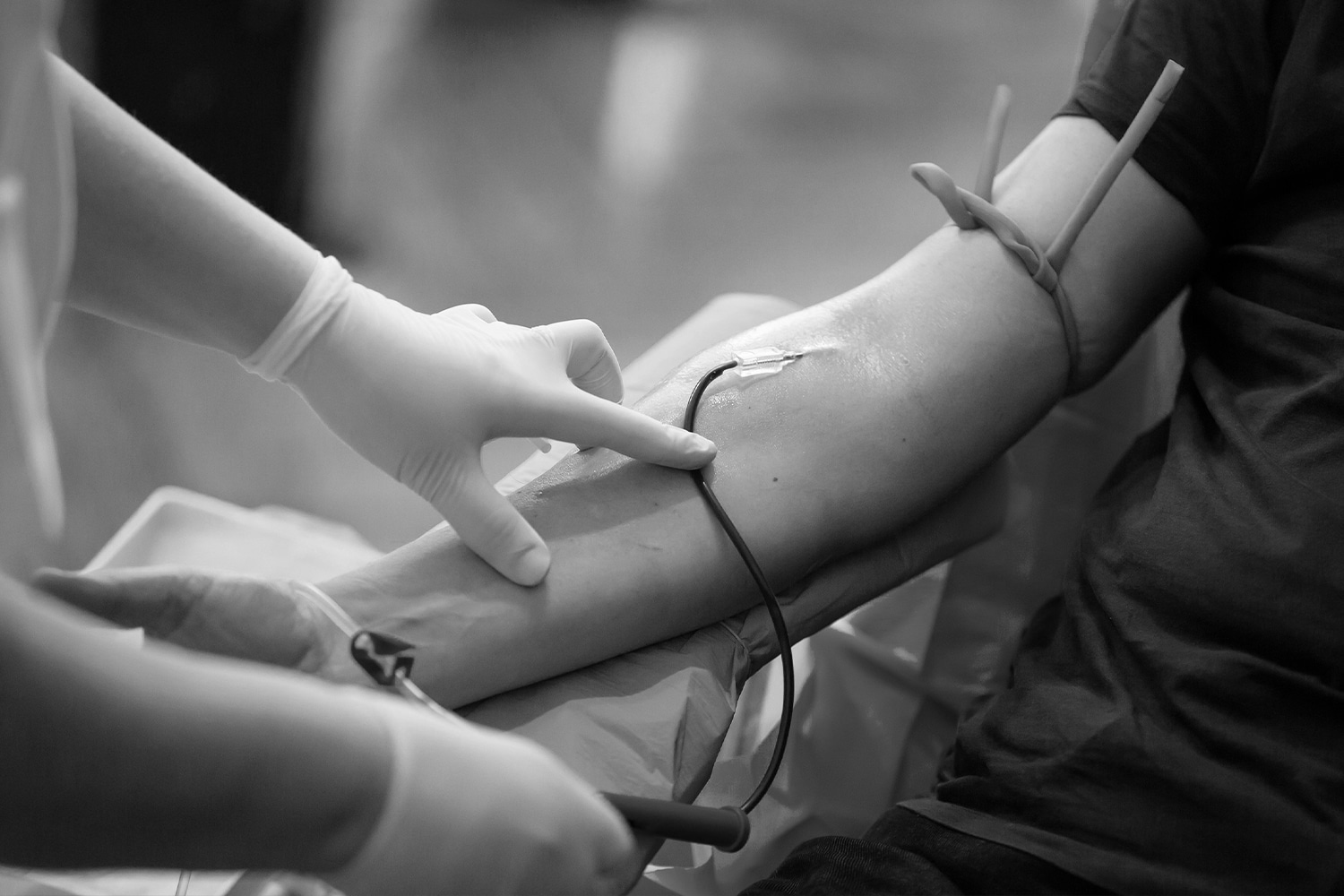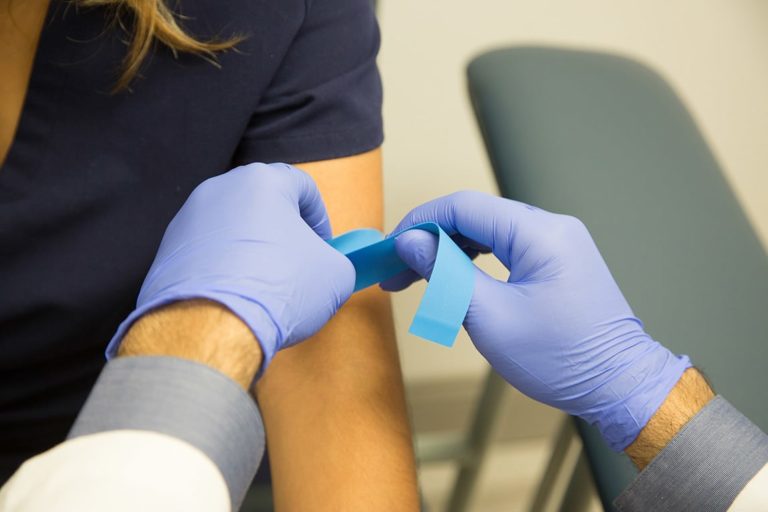Our Northeast Medical Institute - New Haven Campus Phlebotomy Course & Cna Class Statements
Our Northeast Medical Institute - New Haven Campus Phlebotomy Course & Cna Class Statements
Blog Article
The Main Principles Of Northeast Medical Institute - New Haven Campus Phlebotomy Course & Cna Class
Table of ContentsThe Ultimate Guide To Northeast Medical Institute - New Haven Campus Phlebotomy Course & Cna ClassLittle Known Facts About Northeast Medical Institute - New Haven Campus Phlebotomy Course & Cna Class.The 2-Minute Rule for Northeast Medical Institute - New Haven Campus Phlebotomy Course & Cna ClassThe Facts About Northeast Medical Institute - New Haven Campus Phlebotomy Course & Cna Class Uncovered6 Easy Facts About Northeast Medical Institute - New Haven Campus Phlebotomy Course & Cna Class ShownThe smart Trick of Northeast Medical Institute - New Haven Campus Phlebotomy Course & Cna Class That Nobody is Talking About
The use of such tools should be come with by various other infection prevention and control practices, and training in their usage.For setups with low resources, expense is a driving factor in purchase of safety-engineered tools. Where safety-engineered tools are not readily available, skilled usage of a needle and syringe is acceptable.
Among the necessary markers of quality of care in phlebotomy is the involvement and collaboration of the patient; this is equally helpful to both the health and wellness worker and the individual. Clear information either created or verbal should be readily available to every patient that goes through phlebotomy. Annex F gives sample message for discussing the blood-sampling procedure to an individual. labelling); transportation problems; interpretation of outcomes for medical management. In an outpatient division or facility, provide a specialized phlebotomy workstation containing: a tidy surface with 2 chairs (one for the phlebotomist and the other for the person); a hand clean basin with soap, running water and paper towels; alcohol hand rub. In the blood-sampling room for an outpatient division or center, provide a comfy reclining couch with an arm rest.
The Single Strategy To Use For Northeast Medical Institute - New Haven Campus Phlebotomy Course & Cna Class
Ensure that the indicators for blood tasting are clearly specified, either in a composed protocol or in documented guidelines (e.g. in a research laboratory type). In any way times, comply with the strategies for infection prevention and control listed in Table 2.2. Infection avoidance and control practices. Gather all the devices required for the treatment and location it within safe and simple reach on a tray or cart, making sure that all the things are plainly noticeable.
Present yourself to the client, and ask the patient to state their full name. Check that the research laboratory form matches the client's identity (i.e. match the individual's information with the laboratory type, to ensure precise recognition).
Make the patient comfy in a supine setting (ideally). Location a clean paper or towel under the client's arm. Review the examination to be carried out (see Annex F) and acquire verbal permission. The individual has a right to refuse an examination at any time before the blood sampling, so it is important to make certain that the person has actually understood the treatment.
Our Northeast Medical Institute - New Haven Campus Phlebotomy Course & Cna Class Statements
Extend the client's arm and check the antecubital fossa or lower arm. Situate a vein of an excellent dimension that is visible, straight and clear.
DO NOT put the needle where capillaries are drawing away, since this enhances the possibility of a haematoma. The blood vessel needs to be visible without applying the tourniquet. Finding the blood vessel will certainly assist in establishing the right size of needle. Use the tourniquet concerning 45 finger sizes see here now over the venepuncture website and re-examine the vein.
Haemolysis, contamination and visibility of intravenous liquid and medication can all change the outcomes (39. Nursing team and physicians might access main venous lines for specimens complying with procedures. However, samplings from main lines lug a danger of contamination or erroneous research laboratory examination outcomes (https://dzone.com/users/5164574/northeastmed.html). It serves, however not optimal, to draw blood samplings when very first introducing an in-dwelling venous tool, prior to connecting the cannula to the intravenous liquids.
The Facts About Northeast Medical Institute - New Haven Campus Phlebotomy Course & Cna Class Revealed
Enable the location to dry. Failing to allow sufficient contact time raises the risk of contamination. DO NOT touch the cleaned site; in specific, DO NOT place a finger over the capillary to guide the shaft of the exposed needle. It the website is touched, repeat the disinfection. Carry out venepuncture as adheres to.
Ask the client to form a clenched fist so the capillaries are a lot more noticeable. Enter the capillary promptly at a 30 level angle or less, and remain to present the needle along the blood vessel at the easiest angle of entry - CNA Classes. Once adequate blood has been gathered, release the tourniquet BEFORE withdrawing the needle
Northeast Medical Institute - New Haven Campus Phlebotomy Course & Cna Class - Truths
Withdraw the needle delicately and apply gentle stress to the site with a clean gauze or completely dry cotton-wool sphere. Ask the individual to hold the gauze or cotton woollen in place, with the arm expanded and increased. Ask the patient NOT to bend the arm, due to the fact that doing so causes a haematoma.

Not known Details About Northeast Medical Institute - New Haven Campus Phlebotomy Course & Cna Class
Where possible, maintain the tubes in a rack and relocate the rack in the direction of you - https://www.anyflip.com/homepage/tnovf#About. If the example tube does not have a rubber stopper, infuse very slowly into the tube as minimizing the stress and rate utilized to transfer the specimen minimizes the threat of haemolysis.

Report this page